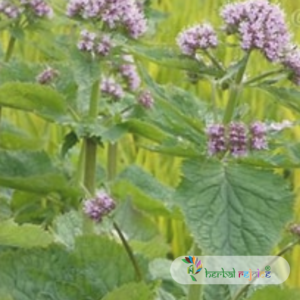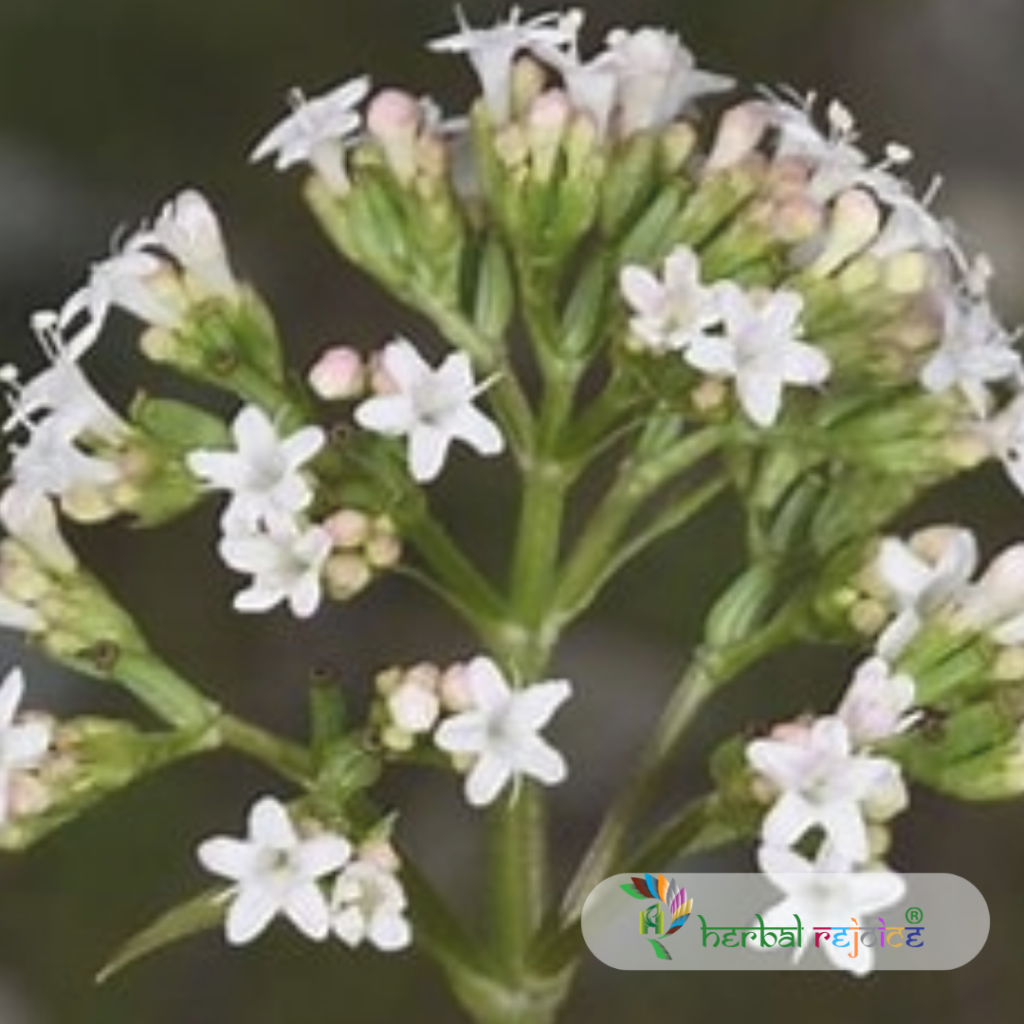Introduction
Valeriana pyrolaefolia Decne, also known as Sugandhabaalaa in folk medicine, is a plant species belonging to the Valerianaceae family. This plant is commonly found in the temperate Himalayan region, ranging from Kashmir to Bhutan. In Ayurvedic medicine, it is categorized as Dhyaamaka and is considered part of the aromatic drugs of the Jatamansi group.
Medicinal Uses
Valeriana pyrolaefolia Decne has various actions and is used similarly to Valeriana jatamansi. Its therapeutic uses and benefits are widely recognized in traditional medicine. This article will delve into the details of Valeriana pyrolaefolia Decne and its significance in Ayurveda and folk medicine.
Fragrant Properties
Valeriana pyrolaefolia Decne is a perennial flowering plant that thrives in the Himalayan region. It is known for its fragrant properties, which is why it is referred to as Sugandhabaalaa in folk medicine. The plant has been traditionally used for its medicinal qualities, especially in Ayurvedic medicine.

In Ayurveda, Valeriana pyrolaefolia Decne is classified as Dhyaamaka and is part of the Jatamansi group of aromatic drugs. The herb is believed to have calming and soothing effects on the mind and body. It is often used to promote relaxation, reduce anxiety, and improve sleep quality.
The therapeutic properties of Valeriana pyrolaefolia Decne are similar to those of Valeriana jatamansi. Both plants contain essential oils and active compounds that contribute to their medicinal effects. These compounds have been found to possess sedative, anti-inflammatory, and antioxidant properties.
Neuroprotective Effects
In Ayurvedic medicine, Valeriana pyrolaefolia Decne is primarily used to treat disorders related to the nervous system. It is believed to have neuroprotective effects, helping to improve cognitive function and memory. The herb is also used to alleviate headaches, migraines, and vertigo.
Analgesic Properties
Furthermore, Valeriana pyrolaefolia Decne is known to have analgesic properties, making it beneficial for reducing pain and inflammation. It is often used topically as a poultice or in the form of an oil to relieve muscle aches, joint pain, and rheumatism.
Cardioprotective Properties
In addition to its neurological and analgesic benefits, Valeriana pyrolaefolia Decne is considered to have cardioprotective properties. It helps in regulating blood pressure, improving blood circulation, and reducing the risk of cardiovascular diseases.
For Aromatherapy
Apart from its medicinal uses, Valeriana pyrolaefolia Decne is also known for its aroma, which has led to its inclusion in perfumes and aromatic preparations. The essential oil extracted from the plant is used in aromatherapy to induce relaxation and relieve stress.
Conclusion
In conclusion, Valeriana pyrolaefolia Decne, also known as Sugandhabaalaa in folk medicine, is a valuable plant species in Ayurveda. Its therapeutic properties, similar to Valeriana jatamansi, make it beneficial for various neurological, analgesic, and cardiovascular conditions. The plant’s fragrance has also contributed to its use in perfumes and aromatherapy. Valeriana pyrolaefolia Decne has a long history of traditional use and continues to be recognized for its medicinal and aromatic qualities.
Frequently Asked Questions
What is Valeriana pyrolaefolia Decne?
Valeriana pyrolaefolia Decne, also known as Sugandhabaalaa, is a perennial flowering plant in the Valerianaceae family, found in the temperate Himalayan region.
Where does Valeriana pyrolaefolia grow?
This plant commonly grows in the Himalayan region, particularly in areas from Kashmir to Bhutan.
What are the main medicinal uses of Valeriana pyrolaefolia in Ayurveda?
In Ayurveda, it is used to promote relaxation, reduce anxiety, improve sleep quality, and is recognized for its neuroprotective, analgesic, and cardioprotective properties.
How does Valeriana pyrolaefolia compare to Valeriana jatamansi?
Valeriana pyrolaefolia shares similar therapeutic properties with Valeriana jatamansi, including sedative, anti-inflammatory, and antioxidant effects.
What aromatic properties does Valeriana pyrolaefolia possess?
This plant is known for its pleasant aroma, which is used in perfumes and aromatic preparations due to its essential oils and aromatic compounds.
What effects does Valeriana pyrolaefolia have on the nervous system?
It is believed to have neuroprotective effects, enhancing cognitive function and memory, and alleviating headaches, migraines, and vertigo.
Can Valeriana pyrolaefolia help with headaches and migraines?
Yes, it is used to relieve headaches and migraines due to its calming and analgesic properties.
What are the analgesic properties of Valeriana pyrolaefolia?
It has analgesic properties that help reduce pain and inflammation, and it can be applied topically as a poultice or in oil form.
How can Valeriana pyrolaefolia be used for pain relief?
It is often applied topically as a poultice or infused in oil for direct application to sore areas.
Does Valeriana pyrolaefolia have cardioprotective benefits?
Yes, it is considered to help regulate blood pressure, improve circulation, and reduce the risk of cardiovascular diseases.
How does Valeriana pyrolaefolia affect blood pressure?
The herb may help lower blood pressure and enhance circulation, contributing to overall heart health.
In what forms is Valeriana pyrolaefolia used for aromatherapy?
Its essential oil can be used in diffusers, added to baths, or mixed with carrier oils for topical application.
Is Valeriana pyrolaefolia safe for everyone?
While generally safe, it is advisable to consult with a healthcare professional before use, especially for those with health conditions or pregnant women.
What essential compounds are found in Valeriana pyrolaefolia?
The plant contains essential oils and various volatile compounds that contribute to its aromatic and therapeutic properties.
How is Valeriana pyrolaefolia prepared for medicinal use?
It can be prepared as a tea, tincture, essential oil, or poultice, depending on the intended use.
What traditional uses are associated with Valeriana pyrolaefolia?
In folk medicine, it is used for ailments related to the nervous system, stress relief, and pain management.
Are there any side effects associated with Valeriana pyrolaefolia?
While generally considered safe, potential side effects may include drowsiness or digestive upset. Consult a healthcare provider if taking sedative medications.
How can Valeriana pyrolaefolia be combined with other herbs?
It can be included in teas, capsules, or topical formulations to enhance its calming and analgesic effects.
What is Valeriana pyrolaefolia’s role in relaxation and sleep?
Known for its sedative effects, it is commonly used to promote relaxation, reduce anxiety, and improve sleep quality.
How is Valeriana pyrolaefolia utilized in perfumery?
Its fragrant properties contribute to its inclusion in various perfumes and scented products, enhancing their aromatic profiles.
What research is being conducted on Valeriana pyrolaefolia?
Ongoing research aims to explore its pharmacological properties and effectiveness in treating various health conditions, building on its traditional uses.


